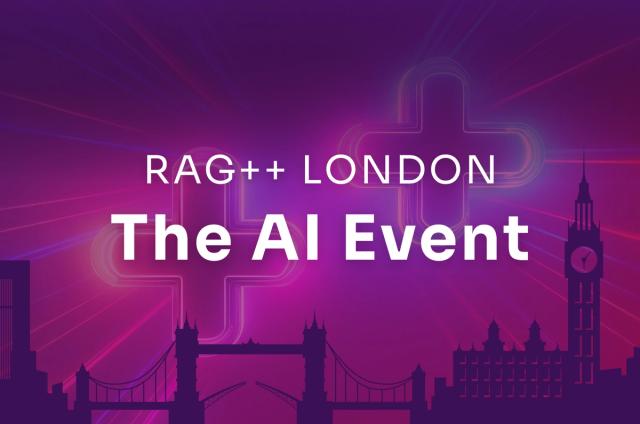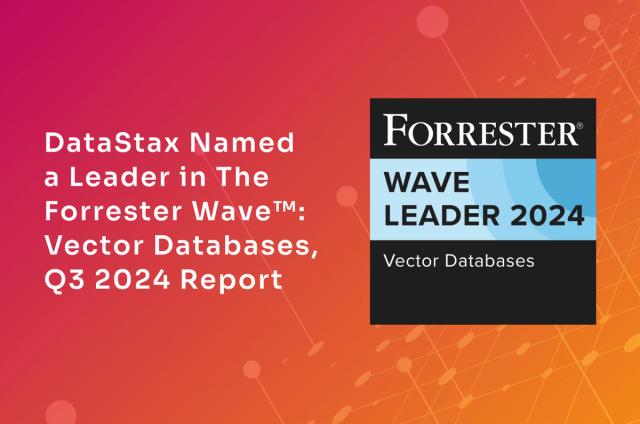The Evolution of NoSQL

For years, organizations have relied on relational databases management systems (RDBMSs) to store, process, and analyze critical business information. The idea originated in a paper written in 1970 by a computer scientist named Edgar Codd, who thought to archive information in tables containing rows and columns. The concept was a major leap forward from the slow and inefficient flat file systems that businesses were using at the time, although these systems did work in conjunction with pre-relational model databases.
The Rise of SQL
Shortly after, IBM developed the SQL language to scan and manipulate sets of transactional data sets stored within RDBMSs. With SQL, it became possible to quickly access and modify large pools of records without having to create complex commands. SQL essentially enabled one-click access to sets of data. The idea took off, and the RDBMS eventually emerged as the most widely used data management system. Today, most organizations are still using RDBMSs one way or another. RDBMSs, however, have one major limitation: They are only capable of efficiently processing relatively small amounts of structured data—like names and ZIP codes.
The NoSQL Imperative
When the era of big data hit, a new kind of database was required. The real driver for NoSQL was the sheer shift in data volumes that the Internet brought. Prior to the internet, and in its early days, relational databases only had to deal with the data of a single company or organization. But when faced with the millions of Internet users that could discover a company's service in waves, the RDBMS model either broke or became very challenging to shard correctly. Relational databases also required a tremendous amount of maintenance. A database of a few thousand objects may handle things decently, but as you scale up, performance declines. This is a big problem—especially considering the massive volume of unstructured data that is being generated on a daily basis. According to 451 Research, 63% of enterprises and service providers today are managing storage capacities of at least 50 petabytes—and more than half of that data is unstructured. The concept of NoSQL has been around for decades. Believe it or not, businesses have been using non-relational databases to store and retrieve unstructured data since the 1960s. The technology, however, wasn’t referred to as NoSQL until developer Carlo Strozzi created the Strozzi NoSQL Open Source Relational Database in 1998. Strozzi’s database, though, was really just a relational database that didn’t have an SQL interface. It wasn’t until 2009 that we saw a true departure from the relational database model and the first working NoSQL application. NoSQL databases offer several advantages over relational databases. Most importantly, they can handle large volumes of big data. Other advantages include:
- Elastic scalability. Unlike relational databases, NoSQL databases can scale outward into new nodes instead of upward. This strategy is much more flexible, efficient and affordable than scaling with traditional legacy storage systems.
- Lower operating costs. One of the biggest downsides to using an RDBMS is the fact that you will have to deal with expensive servers. Since NoSQL databases leverage commodity server clusters, you can process and store larger data volumes at a lower cost.
- Reduced management. NoSQL databases are much easier to install and maintain as they are simpler and come with advanced auto-repair capabilities. While it’s not completely hands-off, NoSQL is much easier for network teams to manage on a daily basis.
Bridging RDBMS With NoSQL
Right now, NoSQL databases only account for about 3% of the $46 billion database market, but they are quickly gaining traction and on pace to become a legitimate long-term market disruptor. But while NoSQL is heating up and the RDBMS market is experiencing a significant slowdown, this doesn’t mean that businesses are running out and abandoning their RDBMS systems altogether. RBDMSs, after all, are still great at managing transactional workloads, which are heavily used today. The best solution often involves finding a way to use your legacy technology to support your new applications, and this means getting an enterprise data layer.
What’s an enterprise data layer?
It’s a way to connect your systems of record with your systems of engagement. Essentially, it’s a data management layer that precludes you from having to go through a painfully expensive and time-consuming “rip and replace” process, and it allows you to salvage your legacy tech and put it to good use. You may still be stuck in the relational age, but that doesn’t mean you can’t take full advantage of the NoSQL revolution.




